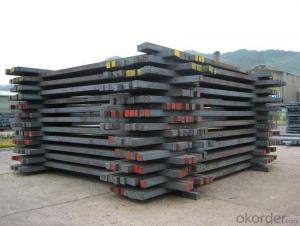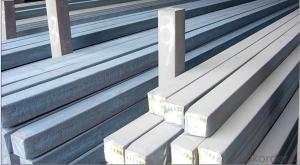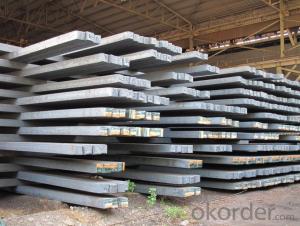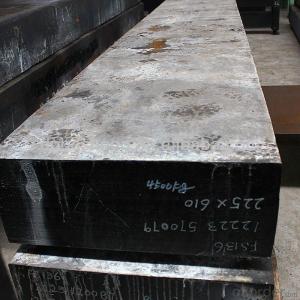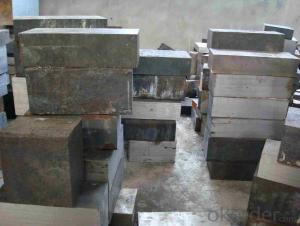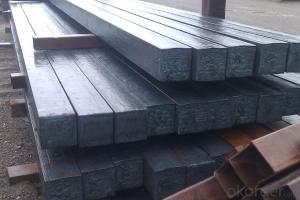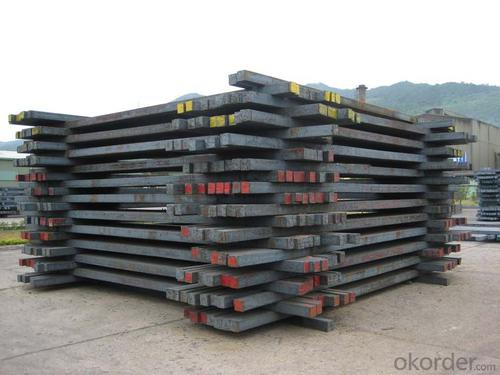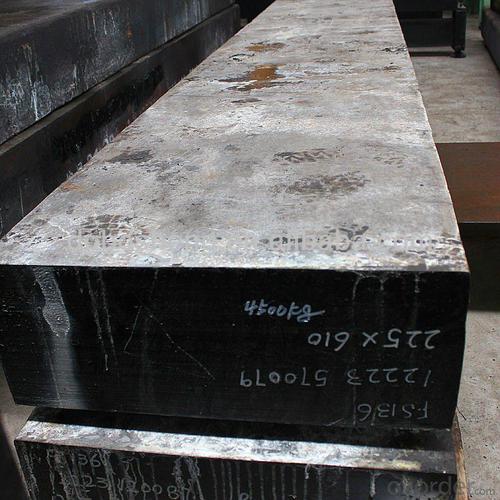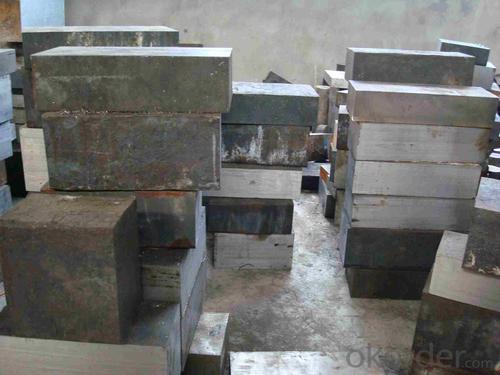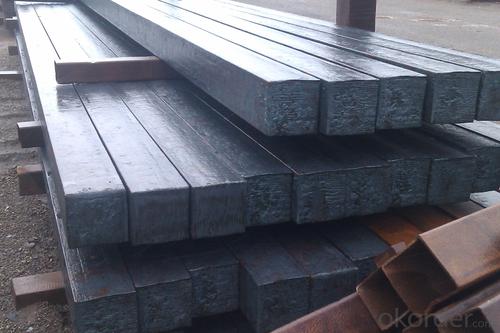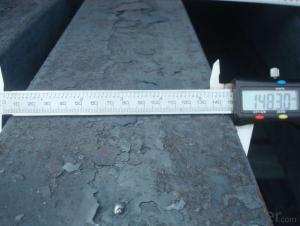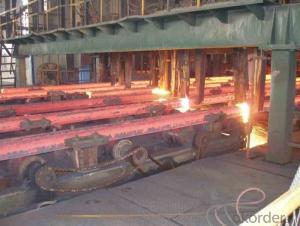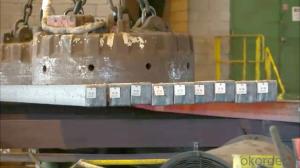Z33 BMP Rolled Steel Coil Construction Roofing Construction
- Loading Port:
- Tianjin
- Payment Terms:
- TT OR LC
- Min Order Qty:
- 100 m.t.
- Supply Capability:
- 10000 m.t./month
OKorder Service Pledge
OKorder Financial Service
You Might Also Like
Structure of Z33 BMP Rolled Steel Coil Construction Roofing Construction
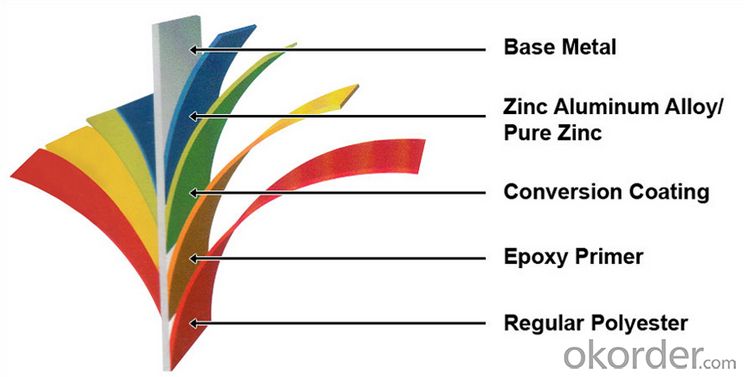
Description of Z33 BMP Rolled Steel Coil Construction Roofing Construction
PPGI is made by cold rolled steel sheet and galvanized steel sheets as baseplate, through the surface pretreatment (degreasing, cleaning, chemical conversion processing), coated by the method of continuous coatings (roller coating method),
and after roasting and cooling. Zinc coating: Z60, Z80, Z100, Z120, Z180, Z275, G30, G60, G90
Alu-zinc coating: AZ60, AZ80, AZ100, AZ120, AZ180, G30, G60, G90

Main Feature of Z33 BMP Rolled Steel Coil Construction Roofing Construction
1) Excellent corrosion resistance: The zinc layer provides a good protection of Pre-painted Galvanizeed Steel Sheet.
2) High heat resistance: The reflective surface of the material aids in efficiently reflecting the sunlight away and in turn reducing the amount of heat transmitted. The thermal reflectivity converts into energy savings.
3) Aesthetics: Pre-Painted Galvanized steel sheet is available in plethora of patterns and multiple sizes as per the requirements that given by our customers.
4) Versatility: can be used in the various areas.Standard seaworthy export packing: 3 layers of packing, inside is kraft paper, water plastic film is in the middle and outside GI steel sheet to be covered by steel strips with lock, with inner coil sleeve.
Applications of Z33 BMP Rolled Steel Coil Construction Roofing Construction
1. Construction and building: roofing; ventilating duct; handrail; partition panel;etc.
2. Electric appliance: refrigerator; washing machine; refrigerator; DVD;etc.
3.Transportation: oil tank; road sign; etc.
4.Agriculture:barn; etc.
5.Others:vending machine; game machine; etc. 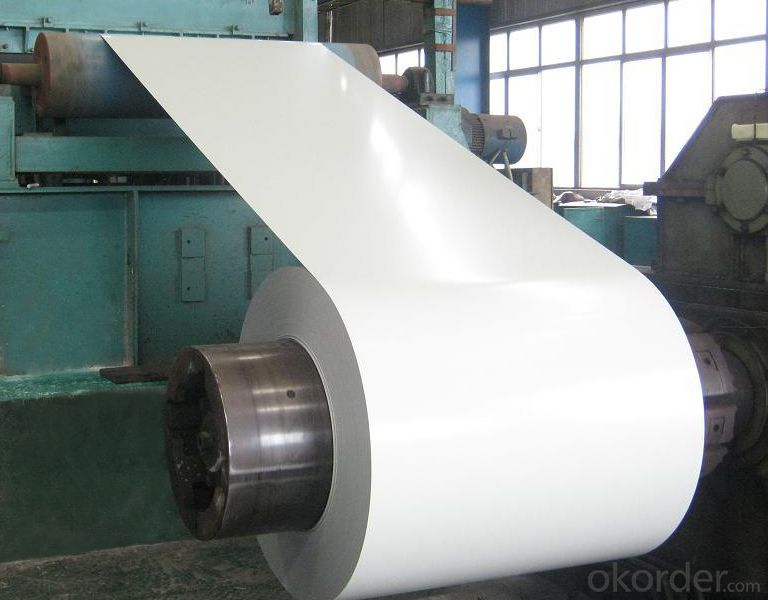
Specifications of Z33 BMP Rolled Steel Coil Construction Roofing Construction
| Classified symbol | Yield Point Minimum N/mm2 | Tensile Strength Minimum | Elongation Minimum % | Application | ||||
| N/mm2 | Nominal Thickness mm (t) | |||||||
| JIS | Yogic | 0.25-0.4 | 0.4-0.6 | 0.6-1.0 | 1.0-1.6 | |||
| G3312 | specification | |||||||
| CGCC | CGCC | -205 | -270 | -20 | -21 | -24 | -24 | Commercial |
| CGCD | CGCD | --- | 270 | --- | 27 | 31 | 32 | Drawing |
| --- | CG340 | 245 | 340 | 20 | 20 | 20 | 20 | Structural |
| CGC400 | CG400 | 295 | 400 | 16 | 17 | 18 | 18 | Structural |
| CGC440 | CG440 | 335 | 440 | 14 | 15 | 16 | 18 | Structural |
| CGC490 | CG490 | 365 | 490 | 12 | 13 | 14 | 16 | Structural |
| CGC570 | CG570 | 560 | 570 | --- | --- | --- | --- | Structural |
| ASTM Designation | Yield Point Minimum | Tensile Strength Minimum | Elongation Minimum % | Application | Q/BQB 445-2004(China standard) | ASM A653/A653M | JISG 3312 | |
| ksi(MPa) | ksi(MPa) | TDC51D+Z | (CS TYPE A+Z) | CGCC | ||||
| A653(M)-99 CS TYPE A,B,C | --- | --- | --- | Commercial | TDC52D+Z | CGCD | ||
| A653(M)-99 FS | --- | --- | --- | Lock Forming | TS250GD+Z | (G250+Z) | - | |
| A653(M)-99 DS | --- | --- | --- | Drawing | TS300GS+Z | (G300+Z) | CGC 400 | |
| A653(M)-99 SS Grade33(230) | 33(230) | 45(310) | 20 | Structural | TS350GD+Z | (G350+Z) | CGC490 | |
| A653(M)-99 SS Grade37(255) | 37(255) | 52(360) | 18 | Structural | TS550GD+Z | (G550+Z) | CGC570 | |
| A653(M)-99 SS Grade40(275) | 40(275) | 55(380) | 16 | Structural | ||||
| A653(M)-99 SS Grade50(345) | 50(345) | 65(450) | 12 | Structural | ||||
| A653(M)-99 SS Grade80(550) | 80(550) | 82(570) | --- | Structural | ||||
FAQ of Z33 BMP Rolled Steel Coil Construction Roofing Construction
We have organized several common questions for our clients,may help you sincerely:
1. How Can I Visit There?
Our company is located in Tianjin City, China, near Beijing. You can fly to Tianjin Airport Directly. All our clients, from home or aboard, are warmly welcome to visit us!
2. How Can I Get Some Sample?
We are honored to offer you sample.
3. Why choose CNBM?
1, ISO, BV, CE, SGS approved.
2, Competitive price and quality.
3, Efficient service team online for 24 hours.
4, Smooth production ability(50000tons/month) .
5, quick delivery and standard exporting package.
6, Flexible payment with T/T, L/C, Paypal, Kunlun bank, etc .
- Q: How are steel billets used in the production of oil and gas machinery?
- Steel billets play a crucial role in the production of oil and gas machinery. These billets are essentially semi-finished pieces of steel that are further processed to produce various components required in the oil and gas industry. Firstly, steel billets are used to manufacture the key structural components of oil and gas machinery, such as frames, bases, and casings. These components provide the necessary strength, stability, and support to the equipment, ensuring their safe and efficient operation in harsh operating conditions. Moreover, steel billets are also used to produce critical rotating parts, including shafts, gears, and turbines. These components are subjected to high loads, intense pressure, and extreme temperatures, and therefore require exceptional strength and durability. Steel billets, known for their superior mechanical properties, are an ideal material for manufacturing such parts. Furthermore, steel billets are utilized in the production of valves, fittings, and connectors that are integral to the oil and gas machinery. These components are responsible for controlling the flow of oil or gas, regulating pressure, and ensuring a secure connection between various equipment and pipelines. Steel billets are selected for these applications due to their excellent corrosion resistance, which is critical in environments where oil and gas are present. Additionally, steel billets are employed in the fabrication of heat exchangers and pressure vessels used in the oil and gas industry. Heat exchangers play a vital role in cooling or heating fluids, while pressure vessels store and transport hazardous substances safely. Steel billets are preferred for these applications due to their high thermal conductivity, excellent weldability, and resistance to extreme pressures. In summary, steel billets are extensively used in the production of oil and gas machinery due to their exceptional mechanical properties, corrosion resistance, and thermal conductivity. These billets provide the necessary strength, durability, and reliability to the components and equipment required in the oil and gas industry, ensuring safe and efficient operations in this critical sector.
- Q: How are steel billets used in the manufacturing of fasteners and fittings?
- Steel billets are an essential raw material in the manufacturing of fasteners and fittings. Fasteners, such as bolts, screws, and nuts, are used to hold two or more components together securely. Fittings, on the other hand, are used to connect or join different parts of a structure or system. To manufacture fasteners and fittings, steel billets undergo several processes. Initially, the billets are heated to a high temperature to make them malleable. This heating process, known as hot rolling, allows the steel billets to be shaped into the desired form. The billets are then passed through a series of rollers, which gradually reduce their thickness and increase their length. This process transforms the billets into long, slender rods known as wire rods. The wire rods are subsequently cold drawn or cold rolled to further refine their shape and dimensions. This process improves the surface finish and increases the strength of the rods. The cold drawing or rolling process results in the formation of wires with precise diameters, which are then used to manufacture fasteners such as screws, bolts, and nuts. The wires are cut into specific lengths and threaded to create the necessary grooves and patterns required for fastening. The threads on the wires allow them to be easily screwed into or onto other components, providing a secure and reliable connection. The shape and size of the threads are crucial as they determine the compatibility of the fasteners with different applications. For fittings, the wire rods are subjected to additional processes such as machining, bending, or welding. Machining involves cutting the wire rods into specific shapes and sizes using various cutting tools. Bending allows the wire rods to be shaped into different angles or curves to fit the desired configuration of the fittings. Welding is employed to join multiple wire rods or other components together to create complex fittings. Once the fasteners and fittings are manufactured, they undergo quality control tests to ensure they meet the required standards for strength, durability, and dimensional accuracy. These tests include checking for proper threading, hardness, and resistance to corrosion. In summary, steel billets are extensively used in the manufacturing of fasteners and fittings. Through processes like hot rolling, cold drawing or rolling, threading, and various shaping techniques, steel billets are transformed into wires and then further processed to create a wide range of fasteners and fittings that are crucial for construction, machinery, automotive, and other industries.
- Q: What is the impact of impurities on the quality of steel billets?
- Impurities play a significant role in determining the quality of steel billets. Steel billets are semi-finished products that are used as raw material for further processing into various steel products. The presence of impurities in steel billets can have several negative impacts on their quality. Firstly, impurities can weaken the mechanical properties of steel billets. For instance, the presence of sulfur can lead to the formation of sulfide inclusions, which can reduce the strength and toughness of the steel. Similarly, phosphorus can form phosphide inclusions that negatively affect the ductility and impact resistance of the billets. These impurities can also promote the formation of cracks and other defects, further compromising the quality of the steel. Secondly, impurities can adversely affect the machinability of steel billets. High levels of impurities can increase the hardness and reduce the machinability of the steel, making it more difficult to shape into the desired end products. This can result in increased processing time and cost, as well as reduced productivity. Moreover, impurities can impact the surface finish of steel billets. Oxide inclusions, which are commonly formed due to the presence of impurities, can lead to surface defects and roughness. This can affect the appearance and aesthetics of the final steel products, making them less desirable in the market. Furthermore, impurities can influence the corrosion resistance of steel billets. Certain impurities, such as chromium and nickel, can enhance the corrosion resistance of steel. However, other impurities like sulfur and phosphorus can promote corrosion, reducing the lifespan and reliability of the steel products made from these billets. Overall, the impact of impurities on the quality of steel billets is significant and can result in weakened mechanical properties, reduced machinability, compromised surface finish, and decreased corrosion resistance. Therefore, it is crucial for steel manufacturers to carefully control and minimize the presence of impurities during the production process to ensure the production of high-quality steel billets.
- Q: What are the different types of surface finishes available for steel billets?
- Steel billets have a range of surface finishes that cater to specific needs and offer distinct qualities. Some of the most commonly used surface finishes for steel billets include: 1. Hot Rolled: This is the most basic finish achieved by heating the steel billet above its recrystallization temperature and then rolling it to the desired shape and size. Hot rolled steel billets have a rough and scaled surface, suitable for applications where aesthetics are not a primary concern. 2. Cold Rolled: This finish is obtained by subjecting the hot rolled billets to a series of cold rolling processes. Cold rolled steel billets have a smoother and refined surface, with tighter tolerances and improved dimensional accuracy. 3. Pickled and Oiled: This finish involves removing rust, scale, or mill scale from the steel billets by immersing them in an acidic solution, known as pickling. After pickling, the steel billets are oiled for temporary corrosion protection. This finish is ideal for applications where cleanliness and corrosion resistance are crucial. 4. Galvanized: Galvanizing is a process that coats the steel billets with a layer of zinc for enhanced corrosion resistance. This finish is particularly suitable for outdoor applications or high humidity environments, offering protection against rust and corrosion. 5. Electroplated: Electroplating involves depositing a thin layer of metal, such as nickel or chromium, onto the steel billets through an electrochemical reaction. This finish enhances aesthetics, corrosion resistance, and can provide specific functional properties like hardness or wear resistance. 6. Powder Coated: Powder coating is a technique where dry powder is electrostatically applied to the steel billets and then cured under heat to form a durable and protective coating. This finish offers excellent corrosion resistance, impact resistance, and a wide range of color options, making it popular in architectural and decorative applications. 7. Anodized: Anodizing, commonly used for aluminum, can also be applied to steel billets. This process creates an oxide layer on the steel's surface through electrolysis. Anodized steel billets exhibit improved corrosion resistance, increased hardness, and can be dyed in various colors for aesthetic purposes. These examples illustrate the variety of surface finishes available for steel billets. The choice of finish depends on specific requirements such as aesthetics, corrosion resistance, durability, and functional properties.
- Q: How are steel billets transported and stored?
- Steel billets are typically transported and stored in a careful and systematic manner to ensure their quality and safety. When it comes to transportation, steel billets are usually moved using trucks or railcars. Trucks are commonly used for short-distance transportation within a steel mill or between different facilities, while railcars are employed for longer distances, including intercity or even international transport. During transportation, steel billets are loaded onto the trucks or railcars using cranes or forklifts. It is crucial to secure the billets properly to prevent any movement or damage during transit. Straps, chains, or other securing methods are used to keep the billets in place and ensure their stability. Once the steel billets reach their destination, they are unloaded using similar lifting equipment. It is important to handle the billets with care during the unloading process to avoid any scratches or dents that could compromise their structural integrity. Regarding storage, steel billets are typically kept in designated areas called billet yards or billet storage facilities. These areas are designed to accommodate the size and weight of the billets and provide easy access for loading and unloading operations. Steel billets are often stored in stacks or piles, with each billet being carefully positioned to maintain stability and prevent any potential accidents. The billets may be organized based on various criteria, such as size, grade, or production date, to facilitate their retrieval when needed. To protect the billets from environmental factors, such as humidity or corrosion, they are often covered with protective coatings or stored in enclosed areas with controlled climate conditions. Additionally, regular inspections and maintenance are carried out to ensure the quality and integrity of the stored billets. Overall, proper transportation and storage procedures are essential to safeguard the steel billets and maintain their quality until they are ready for further processing or use in various industries.
- Q: What are the potential applications of steel billets in the packaging industry?
- The packaging industry has a wide array of potential uses for steel billets. Steel drums and barrels, for example, rely heavily on steel billets for their production and are commonly used to package and transport a variety of materials like chemicals, oils, and liquids. Steel billets are also essential for manufacturing steel cans, which are widely used to package food and beverages. Steel cans are known for their exceptional durability and strength, ensuring that the contents remain well protected during transportation and storage. Additionally, steel cans provide an airtight seal, helping to maintain the freshness and quality of the packaged products. Moreover, steel billets can be utilized in the creation of steel strapping and bands, which are employed to secure and bundle packaged goods. Steel strapping is particularly advantageous due to its superior strength and resistance against breakage, making it an optimal choice for heavy-duty packaging requirements. Another notable application of steel billets in the packaging industry is in the production of wire mesh containers and pallets. These containers and pallets are commonly used in warehouses and distribution centers for storing and transporting goods. Steel billets provide the necessary strength and durability to withstand the weight and handling of various packaged materials. Furthermore, steel billets can also be employed in the manufacturing of steel tubes and pipes, which serve as structural components in packaging machinery and equipment. These tubes and pipes contribute to the stability and strength required for proper functioning and longevity of packaging machines. In conclusion, the potential applications of steel billets in the packaging industry are diverse and extensive. Whether it be for steel drums and cans, strapping and bundling, containers and pallets, or tubes and pipes, steel billets offer the essential strength, durability, and reliability necessary for effective packaging and transportation of various products.
- Q: How are steel billets used in the manufacturing of construction machinery parts?
- Steel billets are used in the manufacturing of construction machinery parts as the starting material for forging, casting, or machining processes. They are heated and shaped into various components such as gears, shafts, frames, and structural elements, providing the necessary strength, durability, and precision required for construction machinery.
- Q: How are steel billets used in the production of pressure vessels?
- Due to their remarkable strength and durability, steel billets are commonly utilized in the production of pressure vessels. Pressure vessels, such as tanks or containers, are specifically designed to store or transport fluids or gases under high pressures. To manufacture pressure vessels, the initial step involves heating steel billets and subjecting them to a process known as hot rolling. This process entails passing the billets through a series of rollers in order to shape them into the desired form. The hot rolling process not only imparts the final shape to the billets but also enhances their mechanical properties, thereby making them more suitable for withstanding high pressures. Following the hot rolling process, the billets undergo further processing using a variety of techniques, including forging, machining, and welding. These techniques are employed to create the necessary components of the pressure vessel, such as the shell, heads, nozzles, and other fittings. The preference for steel billets in pressure vessel production stems from their high tensile strength and resistance to deformation. This ensures that the vessel can endure the internal pressure without experiencing any structural failure. Additionally, steel billets are capable of withstanding a wide range of temperatures, rendering them suitable for diverse applications involving pressure vessels. In addition to their mechanical properties, steel billets also possess exceptional corrosion resistance. This quality is crucial for pressure vessels, as they often come into contact with corrosive substances or environments. By utilizing corrosion-resistant steel billets, the lifespan of the pressure vessel is extended, thereby reducing the frequency of maintenance and replacement. In conclusion, the utilization of steel billets is of utmost importance in the production of pressure vessels, as they provide the necessary strength, durability, and corrosion resistance required for the safe storage or transportation of fluids or gases under high pressures.
- Q: What is the role of steel billets in the manufacturing of industrial boilers?
- Steel billets play a crucial role in the manufacturing of industrial boilers as they serve as the raw material from which various boiler components are fabricated. These billets are heated and formed into specific shapes and sizes to create boiler tubes, plates, and other structural elements. The high strength and thermal conductivity of steel make it an ideal choice for withstanding the high temperatures and pressures involved in boiler operations. Ultimately, steel billets provide the foundation for the construction and functionality of industrial boilers, ensuring their durability and efficiency in various industrial applications.
- Q: How do steel billets contribute to the manufacturing of HVAC systems?
- Steel billets are used in the manufacturing of HVAC systems as they provide the raw material required for fabricating various components such as ductwork, heating coils, and air conditioning units. Billets are melted down and then shaped into the desired form, allowing manufacturers to create durable and sturdy components that can withstand the demanding conditions of HVAC systems. Additionally, steel billets offer excellent thermal conductivity, allowing for efficient heat transfer within the system, ultimately contributing to the overall performance and energy efficiency of HVAC systems.
Send your message to us
Z33 BMP Rolled Steel Coil Construction Roofing Construction
- Loading Port:
- Tianjin
- Payment Terms:
- TT OR LC
- Min Order Qty:
- 100 m.t.
- Supply Capability:
- 10000 m.t./month
OKorder Service Pledge
OKorder Financial Service
Similar products
Hot products
Hot Searches
Related keywords
